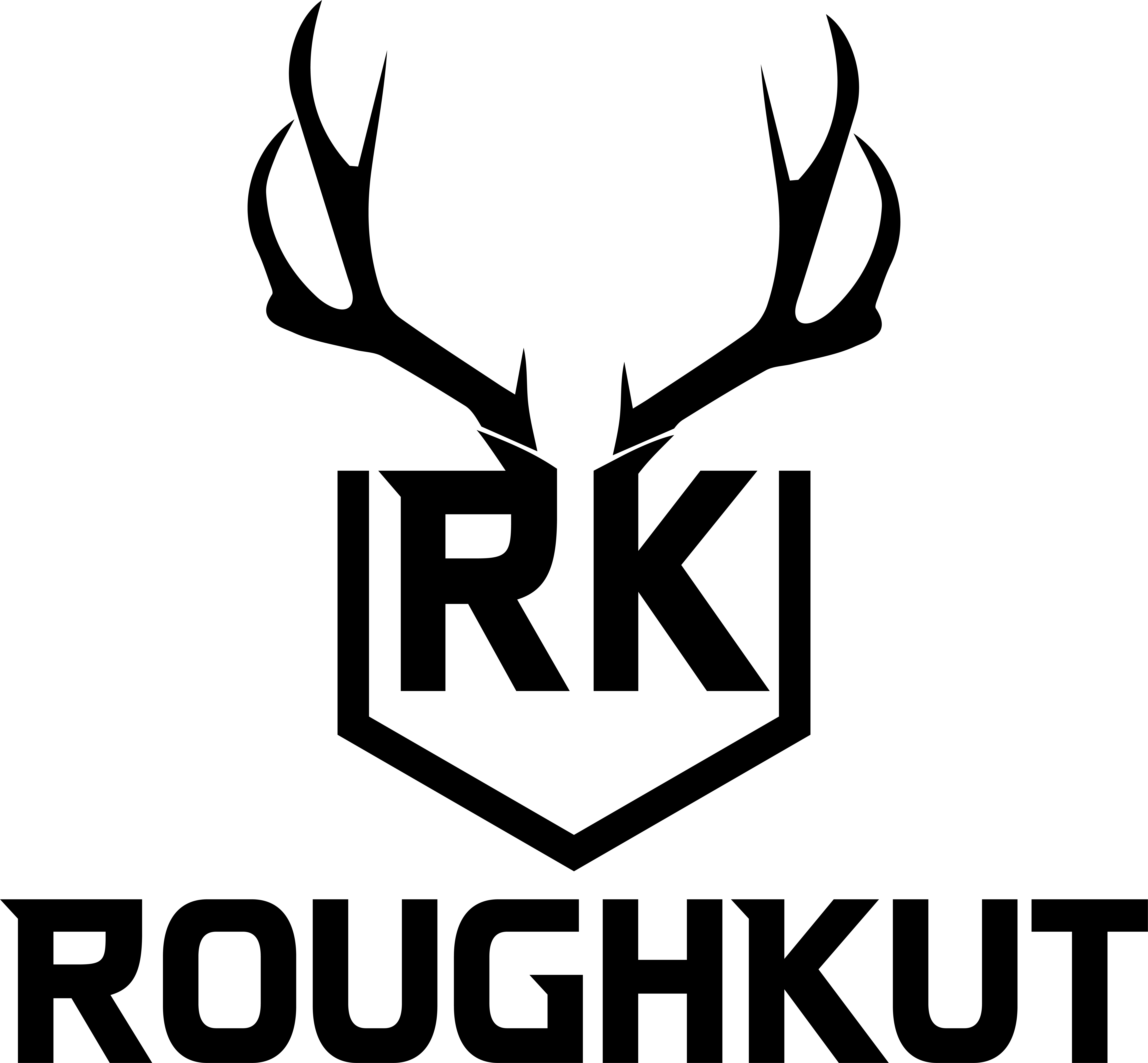Salmon: A Joint Name for Many Different Subspecies
Salmon is a common name for several species of fish that belong to the family Salmonidae. They are native to the North Atlantic and North Pacific basins, where they migrate between freshwater and saltwater habitats. Salmon are important sources of food, recreation and culture for many people around the world. In this article, we will explore some of the different subspecies of salmon and their characteristics.
Please Keep in mind of the stats below are estimates and may not be 100% accurate. Multiple Sources, people and establishments have different estimates available for each salmon species.
Atlantic Salmon (Salmo salar)
Atlantic salmon are found on both sides of the North Atlantic Ocean, from North America to Europe. They are anadromous, meaning they hatch in freshwater streams and rivers, migrate to the ocean as juveniles, and return to freshwater as adults to spawn. Atlantic salmon can grow up to 150 cm in length and weigh up to 46 kg. They have a silvery body with black spots on the back and upper sides. Atlantic salmon are endangered in many parts of their range due to overfishing, habitat loss, pollution and climate change. In fact Maine is the only place in the United States where you can find wild Atlantic Salmon.
| Average Length (Inches) | Average Weight (Pounds) |
| 28-32 | 8-12 |
| Appearance | Habitat |
| Silvery body with black spots on back and upper sides | Freshwater and saltwater |
| Distribution | Fishing Status |
| North Atlantic Ocean and adjacent rivers | Illegal to fish in United States – Endangered in many areas |
| States Found in | (1) – Maine |



Pacific Salmon (Oncorhynchus spp.)
Pacific salmon are a group of six species that are native to the North Pacific Ocean and its tributaries. They are also anadromous, but unlike Atlantic salmon, they die after spawning. Pacific salmon have a more diverse range of colors and shapes than Atlantic salmon, depending on their species and life stage. Pacific salmon are commercially and ecologically important, as they provide food for humans and wildlife, and transport nutrients from the ocean to freshwater ecosystems.
Chinook (King) Salmon
Chinook salmon are also known as king salmon, because they are the largest and most prized of the Pacific salmon. They have a blue-green back with silvery sides and black spots. Chinook salmon are found from California to Alaska in North America, and from Japan to Russia in Asia. They prefer large rivers with deep pools and gravel beds for spawning.
| Average Length (Inches) | Average Weight (Pounds) |
| 24-36 | 10-50 |
| Appearance | Habitat |
| Blue-green back with silvery sides and black spots | Freshwater and saltwater |
| Distribution | Fishing Status |
| North Pacific Ocean and adjacent rivers | Vulnerable in some areas |
| States Found in | (5) – Alaska, Oregon, Idaho, Washington, California |



Coho (Silver) Salmon
Coho salmon are also known as silver salmon, because of their bright silver color when they return from the ocean. They have a dark blue-green back with silver sides and black spots. Coho salmon are found from California to Alaska in North America, and from Korea to Russia in Asia. They prefer small to medium-sized streams with woody debris and vegetation for spawning.
| Average Length (Inches) | Average Weight (Pounds) |
| 24-30 | 8-12 |
| Appearance | Habitat |
| Dark blue-green back with silver sides and black spots | Freshwater and saltwater |
| Distribution | Fishing Status |
| North Pacific Ocean and adjacent rivers | Vulnerable in some areas |
| States Found in | (4) – Alaska | California | Oregon | Washington |



Pink (Humpback) Salmon
Pink salmon are also known as humpback salmon, because of the large hump that develops on the back of the males during spawning. They are the smallest and most abundant of the Pacific salmon. They have a bluish-silver body with large oval black spots on the tail and back. Pink salmon are found on both sides of the North Pacific, from Alaska to California in North America, and from Russia to Korea in Asia. They prefer small to medium-sized streams with gravel or sand substrates for spawning.
| Average Length (Inches) | Average Weight (Pounds) |
| 20-25 | 7-9 |
| Appearance | Habitat |
| Bluish-silver body with large oval black spots on tail and back | Freshwater and saltwater |
| Distribution | Fishing Status |
| North Pacific Ocean and adjacent rivers | Stable in most areas |
| States Found in | (4) – Alaska | California | Oregon | Washington |



Sockeye (Red) Salmon
Sockeye salmon are also known as red salmon, because of their bright red color when they return from the ocean. They have a greenish-blue back with silvery sides and no spots. Sockeye salmon are found from Alaska to Oregon in North America, and from Russia to Japan in Asia. They depend on lakes for their freshwater phase, either spawning along lake shores or in streams connected to lakes.
| Average Length (Inches) | Average Weight (Pounds) |
| 18-31 | 4-15 |
| Appearance | Habitat |
| Greenish-blue back with silvery sides and no spots | Freshwater and saltwater |
| Distribution | Fishing Status |
| North Pacific Ocean and adjacent rivers and lakes | Stable in most areas |
| States Found in | (4) – Alaska | Washington | Oregon | Idaho |



Chum (Dog) Salmon
Chum salmon are also known as dog salmon, because of the large canine-like teeth that develop on the males during spawning. They have a metallic greenish-blue back with silvery sides and no spots. Chum salmon are the most widely distributed of all the Pacific salmon, ranging from the Arctic coast of Canada to California in North America, and from Russia to Korea in Asia. They prefer large rivers with slow currents and sandy or gravelly substrates for spawning.
| Average Length (Inches) | Average Weight (Pounds) |
| 24-26 up 3.5 Feet! | 6-15 up to 45! |
| Appearance | Habitat |
| Metallic greenish-blue back with silvery sides and no spots | Freshwater and saltwater |
| Distribution | Fishing Status |
| North Pacific Ocean and adjacent rivers and lakes | Stable in most areas |
| States Found in | (5) – Alaska | California | Oregon | Washington | Idaho |







